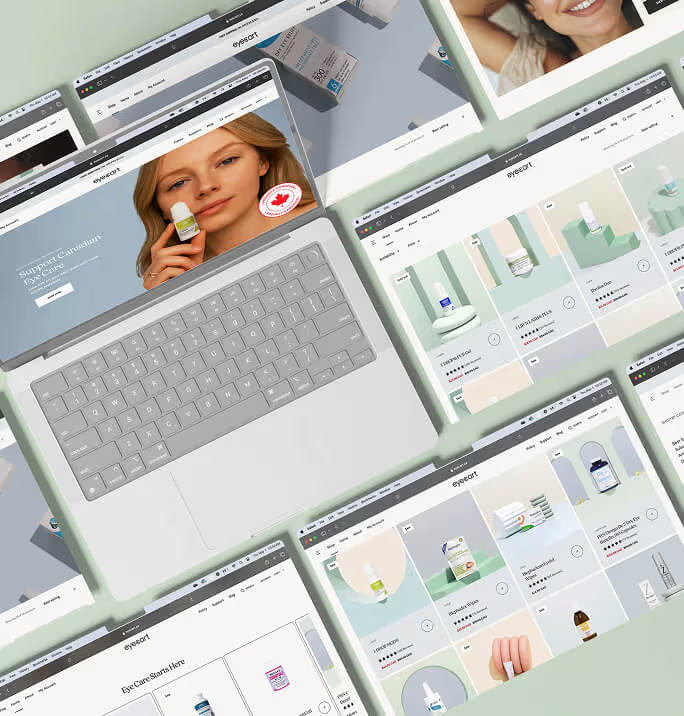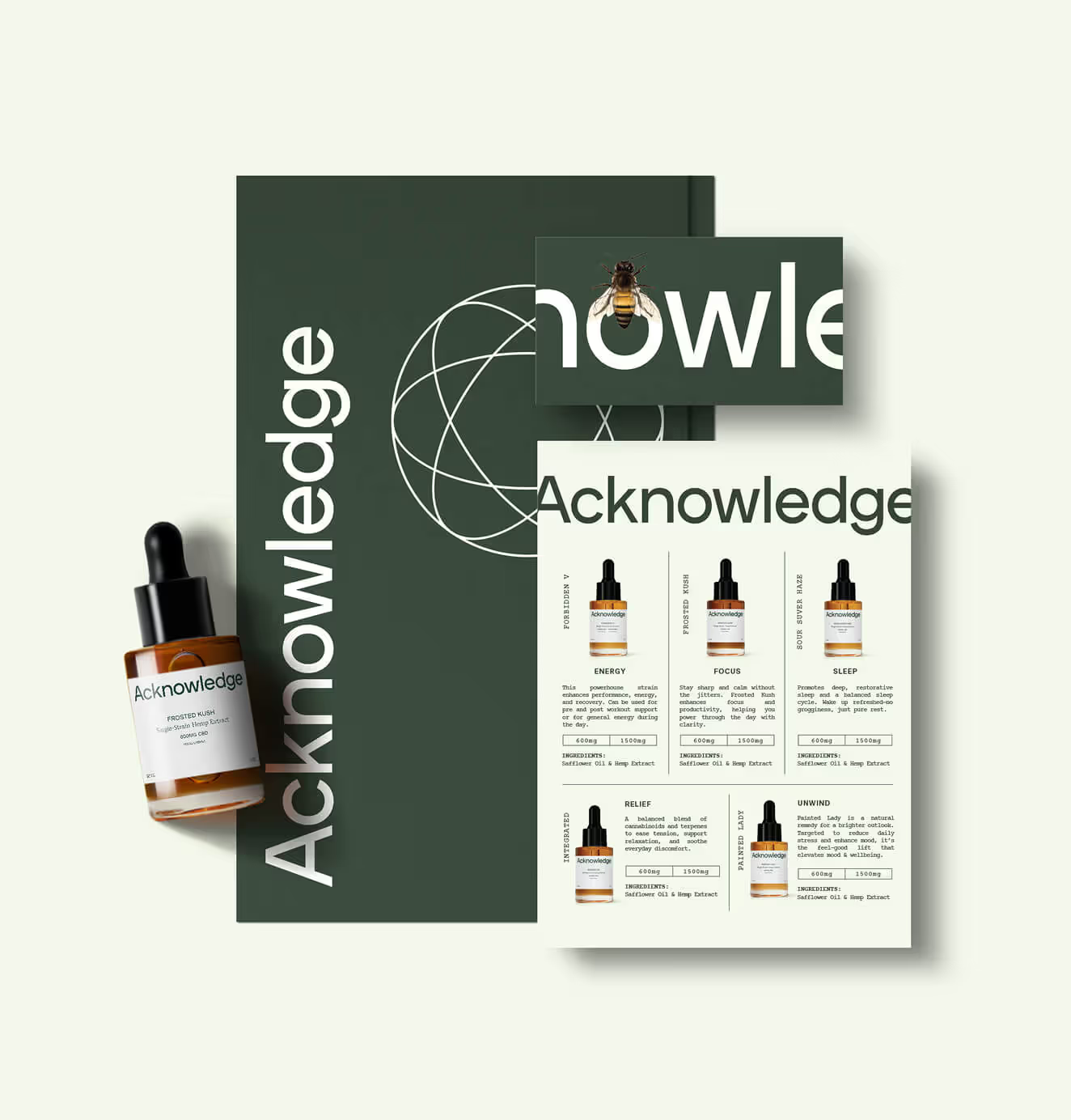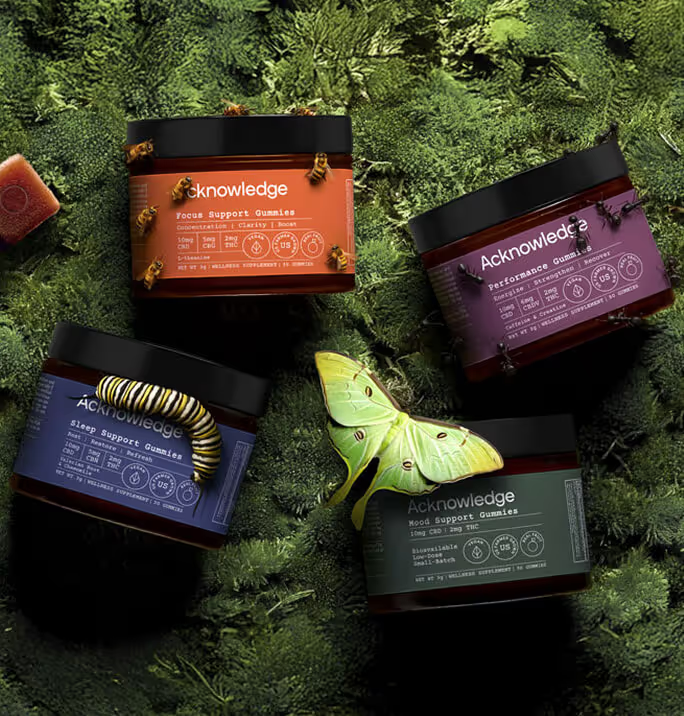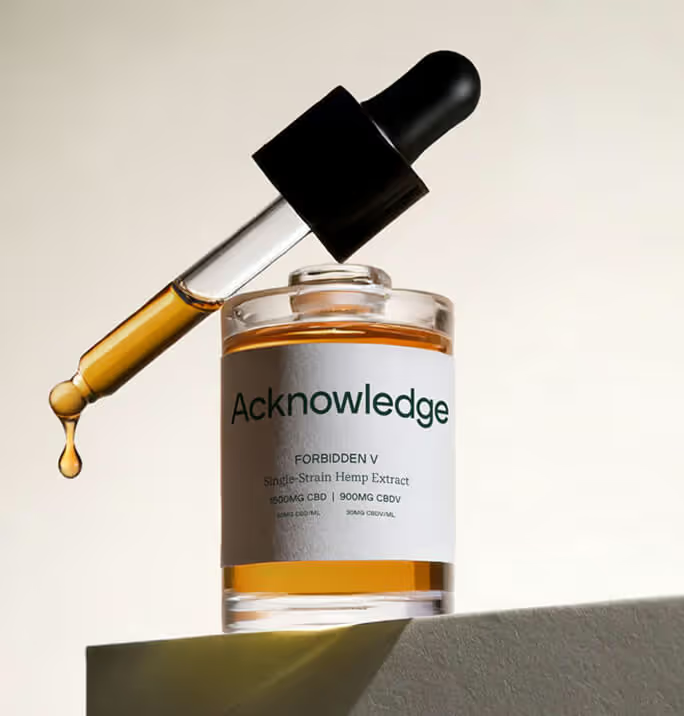02/24/2025
Branding / Business
In the competitive world of winemaking, a strong and distinct brand identity is essential for connecting with consumers, telling your story, and standing out in the market.
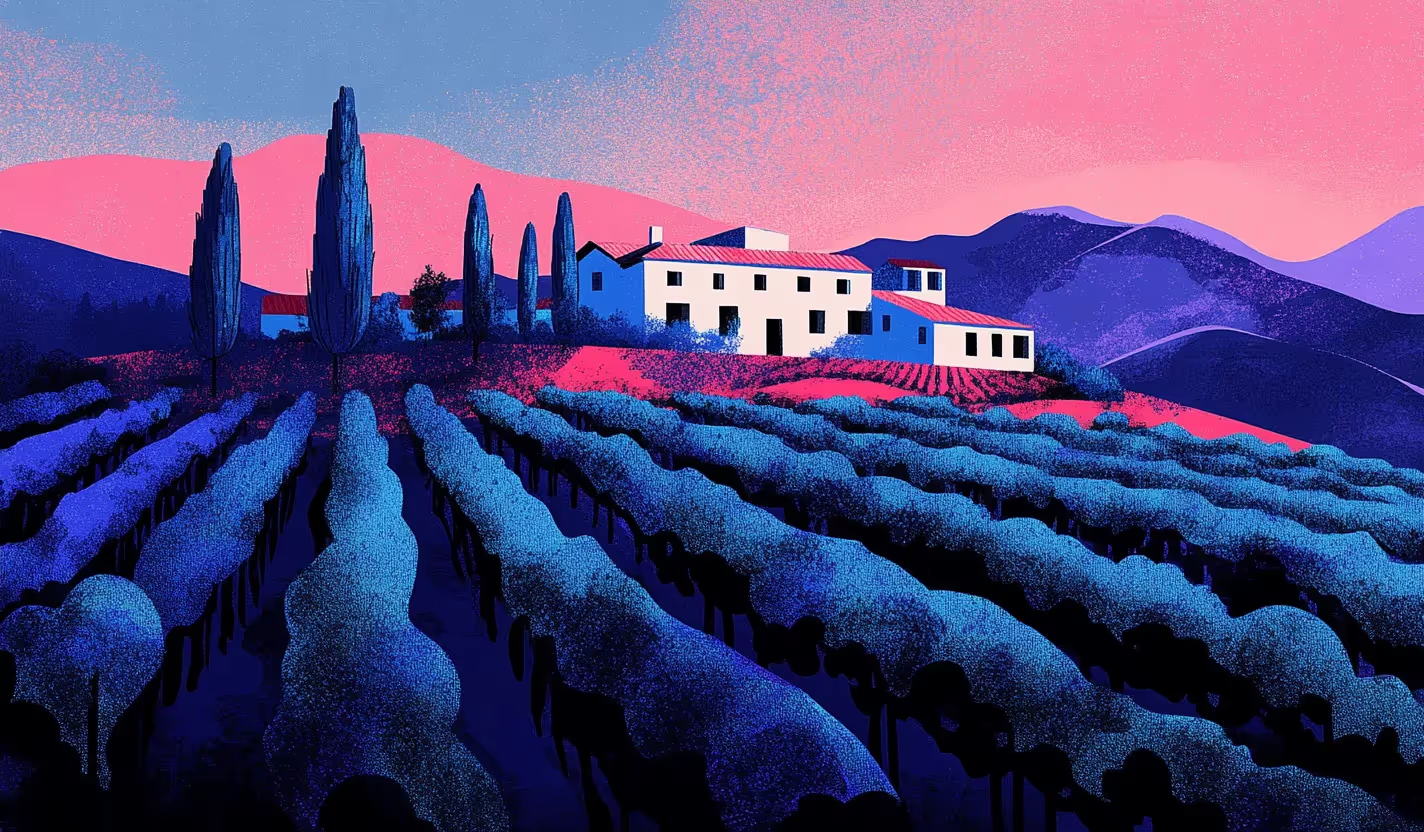
In the enchanting world of wineries, where the art of winemaking meets the subtleties of taste and tradition, the significance of a robust brand strategy and identity cannot be overstated. As we dive into this fascinating realm, it's crucial to understand the various brand positioning strategies that wineries can adopt to distinguish themselves in a market brimming with diversity and competition.
.png)


Introduction to "Brand Strategy and Identity for Wineries"



Different Types of Brand Positioning Strategies for Wineries
Luxury Positioning: As explored in a Forbes article, luxury positioning in the wine industry is not just about high prices but encompasses quality, scarcity, heritage, and prestige. Luxury wines are often associated with exclusivity and a high-end consumer experience, often leveraging their heritage and the reputation of their vineyards.
Sustainability and Eco-Friendly Practices: Increasingly, wineries are adopting sustainability as a key component of their brand identity. This approach appeals to environmentally conscious consumers and reflects a commitment to eco-friendly practices in vineyard management and wine production.
Innovative Marketing Strategies: According to BinWise, wineries are employing creative marketing strategies like influencer partnerships, virtual events, and unique wine-tasting experiences to attract a broader audience. These strategies help in creating a distinctive brand image that resonates with modern consumers.
Community and Local Engagement: Some wineries focus on building a strong local or community-based brand identity. This can include sponsoring local events, participating in community projects, and emphasizing the winery’s role in local heritage and culture.
Digital and Social Media Presence: In today’s digital age, having a strong online presence is crucial. Wineries are leveraging social media platforms to engage with their audience, tell their brand story, and market their products to a global audience.
Storytelling and Authenticity: Emphasizing the unique story behind the wine, its origins, the winemaking process, and the people involved can create a powerful emotional connection with consumers. This strategy focuses on authenticity and the unique attributes of the winery.
Quality and Craftsmanship: Focusing on the quality and craftsmanship of the wine can be a key differentiator. This involves highlighting the artisanal aspects of winemaking, the expertise of the winemakers, and the quality of the ingredients.
Targeted Demographics: Some wineries create brand strategies targeting specific demographics, such as millennials or luxury consumers. This involves understanding the preferences and behaviors of these groups and tailoring the brand message to appeal to them.
Adaptation During COVID-19: Wine companies had to shift their business models during the COVID-19 pandemic. This included crafting packaging for virtual wine tastings and targeting a defined portion of the market. By interacting with consumers in more authentic and meaningful ways, wine companies were able to maintain effective branding and marketing during challenging times.
Each of these strategies offers a unique pathway for wineries to carve out their niche in the market. By understanding and effectively implementing these strategies, wineries can create a strong brand identity that resonates with their target audience, setting themselves apart in the vibrant and ever-evolving world of wine.
Crafting a Unique Brand Identity for Your Winery
In the dynamic and competitive world of winemaking, establishing a unique brand identity is crucial for standing out and connecting with your audience. This section explores the key elements of creating a distinctive brand identity for wineries, drawing insights from various industry experts and successful practices.
Understanding the Essence of Wine Branding
Storytelling and Emotional Connection: According to Vino al Vino, a compelling story is at the heart of successful wine marketing. Your brand’s story should weave together the history, values, and unique aspects of your winery, creating an emotional connection with your audience.
Visual Identity and Design: As highlighted by Golden Vineyard Branding, the visual aspects of your brand, such as logos, colors, bottle design, and labels, are critical in creating a memorable brand identity. These elements should reflect the personality and values of your winery.
Differentiation and Positioning: Barrels Ahead emphasizes the importance of differentiating your brand in the market. This involves understanding your unique selling propositions and how they align with the preferences and values of your target audience.
Aligning with Consumer Trends: As per Linchpin SEO, successful wine brands align their identity with current consumer trends. This could include sustainability practices, organic production, or catering to specific lifestyle choices.
Understanding Wine Consumers: Understanding wine consumers is crucial for effective branding. Tailoring your branding strategies to appeal to them involves using wine labels to convey information and make an emotional connection. Consider factors like font, color, and design that align with the target audience's preferences.
Digital Marketing and Online Presence: In today’s digital age, having a strong online presence is essential. Engaging with customers through social media, email marketing, and a well-designed website helps in building a community around your brand.
Leveraging Packaging and Label Design: The design of your wine bottle and label is a powerful tool for brand recognition. As suggested by Silber Consult, innovative and eye-catching designs can make your product stand out on the shelves and in the minds of consumers.
Consistency Across All Touchpoints: Consistency in your brand messaging, visual identity, and customer experience across all touchpoints is key to building a strong brand. This includes everything from your product labels to your social media posts and customer service.
Engaging with the Community: Building a sense of community around your brand can be highly effective. This might involve hosting events, wine tastings, and tours, or participating in local and industry-specific events.
By focusing on these elements, wineries can develop a brand identity that not only resonates with their target audience but also sets them apart in a crowded marketplace. The goal is to create a brand that customers recognize, relate to, and remember – a brand that tells a story and offers an experience, not just a product.
Luxury Branding in the Winery Industry: Insights from Leading Sources
In the realm of wineries, luxury branding plays a pivotal role in positioning a product as a symbol of prestige and quality. Drawing insights from leading luxury publications like the Robb Report, this section explores key strategies and trends in luxury branding for wineries.
Key Insights and Trends in Luxury Wine Branding
Emphasis on Terroir and Authenticity:
According to the Robb Report, there is a growing appreciation for wines that authentically represent their terroir. Luxury consumers are increasingly interested in the story behind the wine, including the vineyard’s location, the winemaking process, and the unique characteristics of the region.
Focus on Rare and Exclusive Collections:
The allure of exclusivity cannot be overstated in the luxury wine market. Limited edition releases, rare vintages, and exclusive wine collections are highly sought after. This trend is not just about the rarity of the wine but also about offering a unique experience to the consumer.
Investment in Quality and Craftsmanship:
High-end consumers expect unparalleled quality. This includes meticulous attention to the winemaking process, from selecting the finest grapes to employing state-of-the-art production techniques. The craftsmanship involved in creating a luxury wine is a key selling point.
Innovative Packaging and Design:
Luxury branding in wineries often involves innovative and sophisticated packaging. This could range from artistically designed labels to custom bottles that convey a sense of elegance and exclusivity. The visual representation and label design for sparkling wine are particularly important, given the growing market demand for such products.
Strategic Marketing and Storytelling:
Effective storytelling is a powerful tool in luxury wine branding. This involves crafting narratives that resonate with the target audience, highlighting the winery’s heritage, the quality of the vineyards, and the expertise of the winemakers.
Digital Presence and Engagement:
A strong digital presence is crucial for luxury brands. Engaging with consumers through high-quality content, interactive websites, and social media platforms is essential for building a luxury brand’s image and reaching a wider audience.
Experiential Marketing:
Luxury wine brands are increasingly focusing on experiential marketing. This includes exclusive wine tastings, vineyard tours, and wine-pairing events that offer a memorable experience to consumers.
Sustainability and Ethical Practices:
There is a growing trend towards sustainability in the luxury wine market. Consumers are increasingly interested in organic and biodynamic wines and those that demonstrate a commitment to environmentally friendly practices.
By incorporating these insights into their branding strategies, wineries can effectively position themselves in the luxury market. The key is to create a brand that not only represents the highest quality of wine but also offers an exclusive, authentic, and memorable experience to the consumer.
Digital Marketing Strategies for Wineries
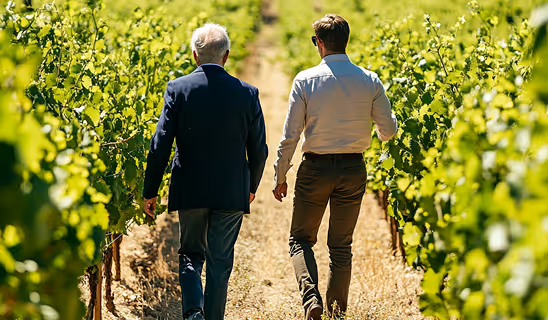
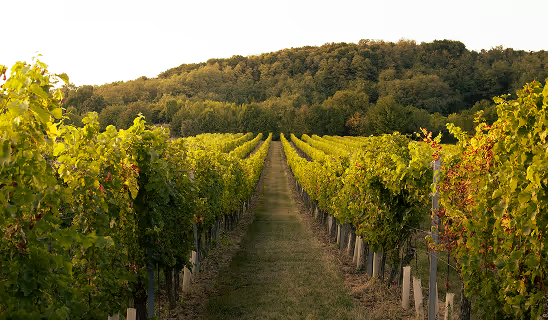










In the digital age, wineries must leverage online platforms to enhance their brand visibility and connect with a broader audience. This section delves into effective digital marketing strategies that wineries can employ to strengthen their brand identity and reach potential customers more effectively.
Effective Digital Marketing Techniques for Wineries
Developing a Strong Website Presence: Your website is often the first point of contact between your winery and potential customers. It should be visually appealing, easy to navigate, and informative, providing visitors with a sense of your brand’s story, values, and product offerings.
Utilizing Social Media Platforms: Platforms like Instagram, Facebook, and Twitter are powerful tools for storytelling and engagement. Share behind-the-scenes content, harvest updates, and stories about your winemaking process to create a more personal connection with your audience.
Email Marketing Campaigns: Regular newsletters and email updates can keep your audience informed about new releases, events, and special offers. Segmenting your email list based on customer preferences and purchasing history can lead to more personalized and effective communication.
Content Marketing: Creating engaging content like blogs, videos, and infographics can help educate your audience about your wines and the winemaking process. This not only positions your brand as an authority in the field but also improves your search engine rankings, driving more traffic to your website.
Search Engine Optimization (SEO): Optimizing your website and content for search engines is crucial for increasing online visibility. Use relevant keywords, optimize your website’s speed and mobile responsiveness, and regularly update your content to improve your search engine rankings.
Online Advertising: Investing in online advertising through platforms like Google Ads or social media can help you reach a targeted audience. Tailor your ads based on demographics, interests, and consumer behavior to maximize their effectiveness.
Influencer Partnerships: Collaborating with influencers and wine bloggers can expand your reach. Choose influencers whose followers align with your target market to introduce your brand to potential new customers.
Virtual Tastings and Events: Hosting virtual wine tastings or vineyard tours can engage customers who are unable to visit in person. These events can be an excellent way to showcase your products and winery experience to a global audience.
E-commerce Integration: For many consumers, the ability to purchase wine online is a significant convenience. Ensure that your website has e-commerce capabilities, making it easy for customers to browse and buy your wines directly.
Customer Reviews and Testimonials: Encourage satisfied customers to leave reviews on your website or social media pages. Positive reviews can significantly influence potential customers’ purchasing decisions.
Understanding Different Types of Wine Drinkers: Recognize the importance of understanding different types of wine drinkers, such as new generations of wine drinkers, organic wine drinkers, and specific demographic segments. Create brand strategies targeted at these distinct groups to resonate with them through visual, emotional, and storytelling techniques.
By implementing these digital marketing strategies, wineries can effectively enhance their brand presence, engage with their audience, and drive sales in a competitive market. The key is to maintain a consistent brand voice across all digital platforms and continuously adapt to the changing digital landscape.
Want to learn more about brand platforms, Brand Strategy and Brand Identity? Keep reading!
Learning from the Best: Casa Locé Case Studies

Gaining insights from successful wineries can provide valuable lessons for others in the industry. This section examines case studies of wineries that have achieved notable success, highlighting the strategies and practices that contributed to their achievements.
Among these examples are Casa Locé and Lucky Girl Rosé, valued clients of Branded Agency, whose journey serves as a testament to the power of digital innovation and strategic marketing.
Casa Locé - Elevating Brand Presence and Sales through Digital Innovation
Background: Casa Locé, a prominent winery known for its exquisite wines and inviting ambiance, sought to elevate its brand presence and enhance customer engagement through a comprehensive marketing overhaul.
Key Strategies:
- Strategy and Copywriting: We developed a cohesive brand strategy and crafted compelling copy to reflect Casa Locé's unique story and values.
- UX/UI Website Design: Our team designed an intuitive and visually appealing website to improve user experience and streamline online interactions.
- Social Media Strategy and Content Creation: We implemented a robust social media strategy, creating engaging content that resonated with Casa Locé's target audience.
- Print Marketing Materials: We designed elegant print materials to support Casa Locé’s marketing efforts and enhance their brand visibility.
- Creative Direction: Our creative direction ensured that all marketing elements were aligned with Casa Locé's brand identity and objectives.
Outcome: The comprehensive marketing approach resulted in increased brand awareness, improved customer engagement, and a stronger market presence for Casa Locé.
Lucky Girl Rosé - Transforming Brand Identity and Digital Engagement
Background: Lucky Girl Rosé, a burgeoning wine brand, aimed to establish a strong market presence and foster a loyal customer base. To achieve these goals, they partnered with Branded Agency for a full-spectrum marketing strategy.
Key Strategies:
- Strategy: We crafted a comprehensive brand strategy to position Lucky Girl Rosé as a premium wine choice in a competitive market.
- Brand Identity: Our team developed a distinct and memorable brand identity that resonates with Lucky Girl Rosé’s target audience.
- Copywriting and UX/UI: We created compelling copy and an intuitive website design to enhance user experience and effectively communicate the brand’s story.
- Website Design: The website was designed to be both visually appealing and user-friendly, ensuring seamless navigation and engagement.
- Ads Management: We managed targeted ad campaigns to increase brand visibility and drive sales.
- Email Marketing: Our email marketing strategies helped nurture customer relationships and boost repeat purchases.
- Event Promotional Materials: We designed promotional materials for events to enhance Lucky Girl Rosé's presence and engagement during key industry gatherings.
- Packaging: Innovative packaging design was developed to reflect the brand’s identity and attract attention on retail shelves.
Outcome: The integrated marketing efforts resulted in a significant increase in brand recognition, customer engagement, and sales. Lucky Girl Rosé successfully established itself as a distinguished player in the wine market.
Expertise in Winery Website Design and Development:
At Branded Agency, we are experts in winery website design and development. Our team has extensive experience with WineHub and Commerce7, two leading platforms that enhance e-commerce capabilities for wineries.
WineHub: WineHub is a Shopify app designed specifically for wineries. It allows wineries to seamlessly manage their online stores, offering features such as inventory management, order tracking, and customer relationship management. By integrating WineHub, we ensure that our clients can provide a smooth and efficient online shopping experience for their customers.
Commerce7: Commerce7 is a comprehensive e-commerce platform tailored for the wine industry. It offers tools for managing wine clubs, direct-to-consumer sales, and personalized customer experiences. Our expertise with Commerce7 enables us to build robust and scalable e-commerce solutions that drive growth and customer satisfaction for wineries.
Case Study 1: Mill Valley, CA – Very Successful Winery Stories
- Background: This case study documents the success stories of wineries in Mill Valley, CA, focusing on their media strategies.
- Key Strategies: The wineries achieved success through effective storytelling and media relations. By crafting compelling narratives and leveraging media contacts, they gained significant exposure.
- Outcome: The strategic media approach led to increased brand awareness and a stronger market presence.
Case Study 2: Iconic Napa Valley Wineries
- Background: This study examines iconic Napa Valley wineries, focusing on changes in ownership and management.
- Key Strategies: Many of these wineries maintained family ownership, emphasizing tradition and heritage. They adapted to market changes while preserving their core values.
- Outcome: The wineries remained competitive and respected in the industry, with several maintaining their status as family-owned entities.
Case Study 3: 40 Knots Winery
- Background: 40 Knots Winery focused on sustainable practices and community engagement.
- Key Strategies: Emphasizing sustainability in vineyard management and wine production, the winery also engaged actively with the local community.
- Outcome: The winery established a strong brand identity centered around sustainability, attracting eco-conscious consumers.
Case Study 4: Podere Riosto
- Background: A family-owned winery in northern Italy, Podere Riosto faced challenges related to diversification and succession.
- Key Strategies: The winery explored diversification in its product offerings and strategized for a smooth generational transition.
- Outcome: These strategies helped the winery to sustain its business and prepare for future growth.
These case studies demonstrate that success in the winery industry can be achieved through various strategies, including effective storytelling, media engagement, sustainability practices, family heritage, diversification, and creating unique customer experiences. Each winery's approach is tailored to its strengths and market position, offering valuable lessons for others in the industry.
Overcoming Challenges in Winery Branding
The journey to establishing a strong brand identity in the winery industry is not without its challenges. This section explores common obstacles wineries face in branding and marketing, and provides practical solutions and advice to overcome these challenges.
Common Branding Challenges for Wineries
- Differentiating in a Saturated Market: With numerous wineries vying for attention, standing out can be difficult.
- Aligning Brand with Consumer Preferences: Keeping up with changing consumer tastes and preferences is a constant challenge.
- Effective Use of Digital Marketing: Navigating the digital landscape effectively, especially for smaller wineries with limited resources, can be daunting.
- Consistency Across Branding Elements: Maintaining a consistent brand image across various platforms and marketing materials is often challenging.
- Budget Constraints: Limited budgets can restrict the scope of marketing and branding initiatives.
- Sustainability and Ethical Practices: Integrating sustainable practices into the brand identity in a way that resonates with consumers.
Solutions and Strategies
- Leveraging Unique Storytelling: Focus on what makes your winery unique, whether it’s your history, winemaking process, or community involvement. Use storytelling to create a compelling brand narrative
- Consumer Research and Engagement: Regularly conduct market research to understand current consumer trends. Engage with your audience through social media and other platforms to gather feedback and insights.
- Maximizing Digital Marketing ROI: Utilize cost-effective digital marketing strategies like SEO, content marketing, and social media engagement. Consider hiring a digital marketing consultant or using automated tools to optimize your efforts.
- Brand Consistency: Ensure that all branding elements, from your logo to your website and packaging, are consistent in style and message. This helps in building a recognizable and reliable brand image.
- Creative Budgeting Solutions: Explore cost-effective marketing strategies like partnerships, influencer collaborations, or community events. Utilize free or low-cost digital tools for marketing and brand management.
- Highlighting Sustainability: Communicate your sustainable practices clearly and effectively. Use storytelling to illustrate how these practices are integral to your winery’s values and product quality.
- Adapting to Market Changes: Stay flexible and be willing to adapt your branding strategy in response to market changes. This could involve updating your product offerings, packaging, or marketing tactics.
- Building a Strong Online Presence: Invest in a user-friendly website and active social media profiles. Use these platforms to tell your brand story, showcase your products, and engage with customers.
- Customer Experience Focus: Create memorable experiences for visitors at your winery or through virtual events. Exceptional customer experiences can lead to word-of-mouth referrals and repeat business.
- Educational Approach: Educate your consumers about the uniqueness of your wines, the winemaking process, and the characteristics of your vineyard. This can create a deeper appreciation and loyalty towards your brand.
- Importance of Wine Label: The wine label is a crucial aspect of your branding strategy. It serves as the main visual element that distinguishes your bottle from others and significantly influences consumers' purchasing decisions. A well-designed wine label can convey your brand story, set the first impression, and create an emotional connection with the consumer.
By addressing these challenges with strategic solutions, wineries can strengthen their brand identity, connect more effectively with their target audience, and navigate the competitive landscape successfully. The key is to remain adaptable, authentic and customer-focused in all branding efforts.
Conclusion and Future Outlook for Winery Branding
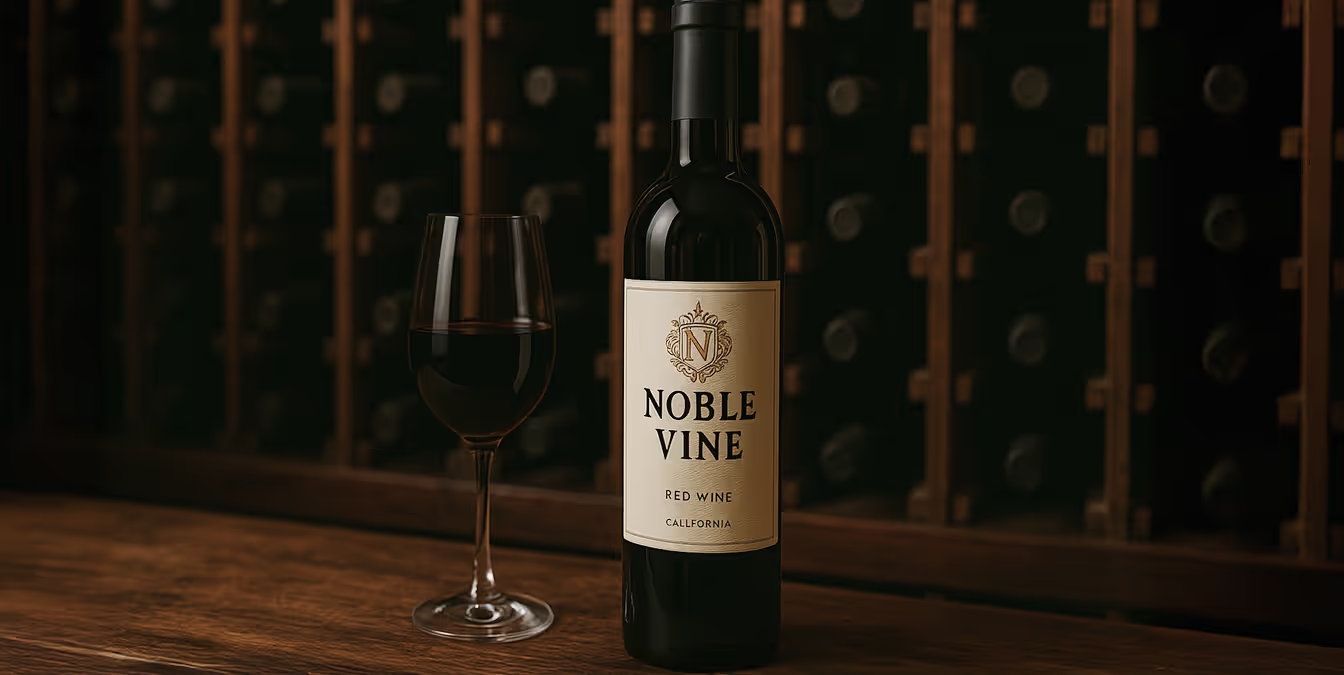
As we conclude our exploration of brand strategy and identity for wineries, it's clear that the landscape of winery branding is both challenging and rich with opportunity. The future of winery branding lies in adapting to evolving market trends, embracing new technologies, and continually refining the brand narrative to resonate with diverse audiences.
Key Takeaways from the Blog
Importance of a Unique Brand Identity: Establishing a distinct brand identity is crucial for differentiation in a competitive market. This involves leveraging unique storytelling, visual branding, and consistent messaging across all platforms. Developing a unique wine brand helps differentiate a wine business from others and attract specific audiences.
Embracing Digital Marketing: Digital platforms offer powerful tools for storytelling, customer engagement, and reaching a broader audience. Wineries must harness the potential of digital marketing, including social media, content marketing, and e-commerce.
Consumer-Centric Approach: Understanding and aligning with consumer preferences, especially in terms of sustainability and authenticity, is key to building a loyal customer base.
Challenges and Solutions: Wineries face various challenges, including market saturation and budget constraints. Overcoming these challenges requires creative strategies, such as leveraging community engagement, focusing on sustainability, and maximizing digital marketing ROI.
Looking Ahead: Trends and Predictions
Increased Focus on Sustainability: As consumer awareness and demand for sustainable practices grow, wineries will need to integrate these practices into their branding and operations more prominently.
Leveraging Technology: Advancements in technology, such as augmented reality (AR) and virtual reality (VR), could offer new ways for wineries to enhance the customer experience, both in-person and online.
Personalization and Customization: Tailoring experiences and products to individual preferences will become increasingly important. This could involve personalized wine recommendations, custom labels, or unique tasting experiences.
Expanding Global Reach: The digital landscape allows wineries to reach a global audience. Brands will need to consider how to appeal to diverse cultural tastes and preferences.
Storytelling and Authenticity: The power of storytelling will continue to be a critical element in winery branding. Authentic narratives that connect consumers to the vineyard, winemaking process, and people behind the wine will remain influential.
In conclusion, the future of winery branding is dynamic and promising. By staying adaptable, focusing on authentic storytelling, embracing sustainability, and leveraging digital platforms, wineries can build strong, enduring brands that resonate with consumers worldwide. The journey of branding in the winery industry is an ongoing process of learning, adapting, and connecting, driven by passion, creativity, and a deep understanding of the ever-evolving landscape of wine and its enthusiasts.
FAQ: Brand Strategy and Identity for Wineries
Why is brand identity important for wineries?
Brand identity is crucial for wineries as it helps differentiate them in a competitive market, establishes a connection with the target audience, and communicates the winery's values, story, and uniqueness.
How can a winery develop a strong brand strategy?
Developing a strong brand strategy involves understanding the target audience, defining the winery's unique selling propositions, creating a consistent visual identity, and aligning the brand message across all marketing channels.
What role does digital marketing play in winery branding?
Digital marketing plays a significant role in winery branding by enhancing online visibility, engaging with a broader audience, leveraging social media and content marketing, and providing platforms for direct consumer interaction.




